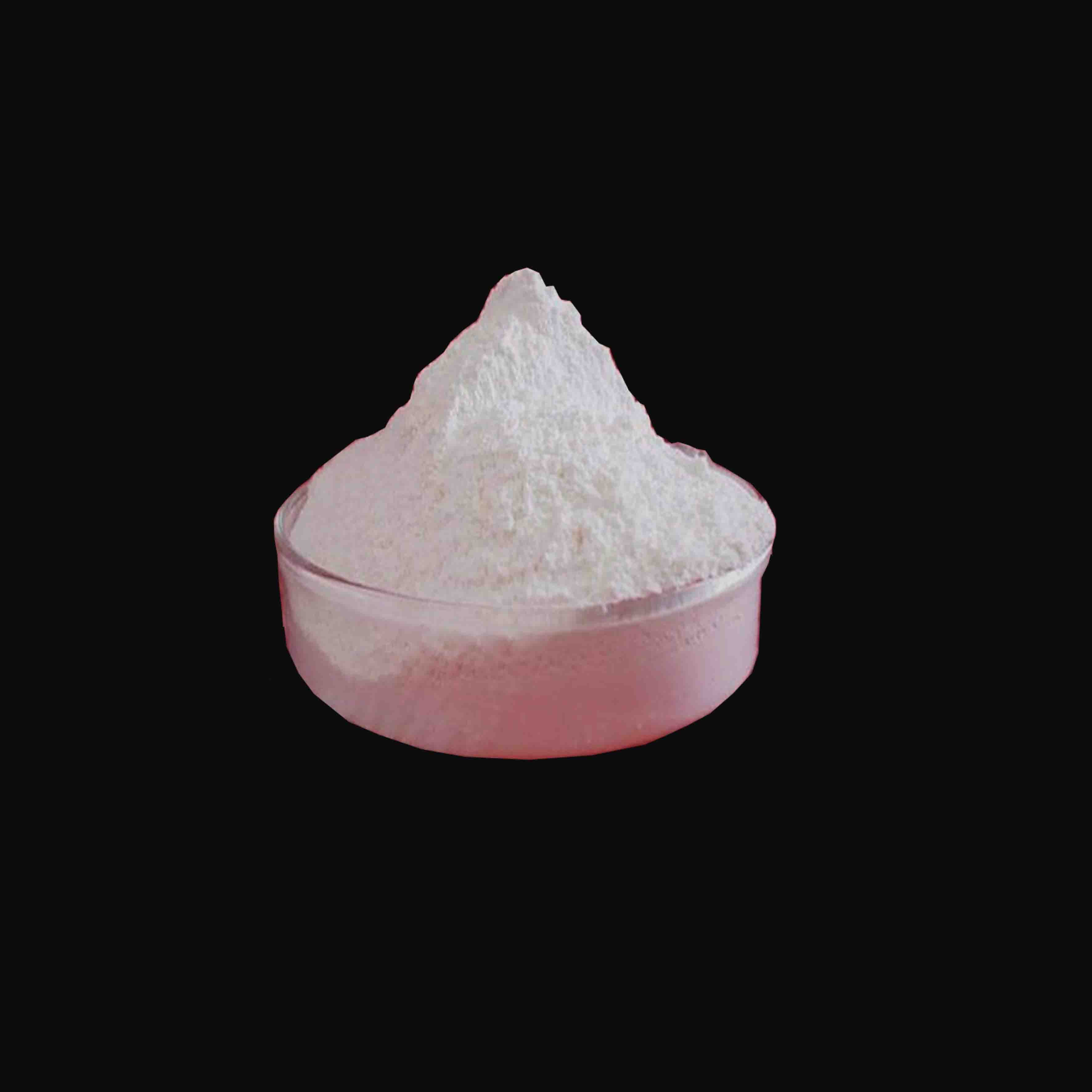
Dec . 04, 2024 12:50 Back to list
Exploring the Properties and Applications of Titanium Dioxide in Various Industries
Titanium Dioxide A Versatile Material with Endless Applications
Titanium dioxide (TiO2) is a naturally occurring oxide of titanium that has gained significant attention in various industries due to its unique properties and versatility. Renowned for its brightness and high refractive index, TiO2 is primarily used as a pigment in products ranging from paints and coatings to plastics and cosmetics. However, its applications extend far beyond simple coloring agents, making it one of the most important materials in modern manufacturing and technology.
Properties of Titanium Dioxide
TiO2 is celebrated for its outstanding physical and chemical properties. It has a high degree of opacity and is chemically stable, making it an ideal choice for pigment applications. Its high refractive index results in brilliant whiteness, which enhances the aesthetic quality of products. Additionally, TiO2 exhibits excellent UV resistance, which makes it an essential component in sunscreens and UV-blocking coatings.
Moreover, titanium dioxide comes in three crystalline forms rutile, anatase, and brookite, with rutile being the most commonly used. Each form presents unique characteristics that make it suitable for specific applications. For instance, anatase is often favored in photocatalysis due to its higher activity in catalyzing chemical reactions under light exposure.
Applications in Various Industries
1. Pigments and Coatings The most widespread use of TiO2 is as a white pigment in the paint and coatings industry. Its ability to provide opacity and whiteness significantly improves the quality of products. As a result, TiO2 is used in architectural, automotive, and industrial coatings.
2. Plastics and Polymers TiO2 is also incorporated into plastics to provide opacity and enhance UV resistance. In this regard, it acts as a stabilizer, preventing degradation caused by sunlight exposure. This application is particularly valuable in outdoor products such as containers, toys, and automotive parts.
tio2 titanium dioxide

3. Cosmetics The cosmetic industry leverages the properties of TiO2 in various products, including foundations, powders, and sunscreens. Its ability to reflect UV light makes it a popular ingredient in sun protection formulations. Furthermore, its fine particle size provides a smooth texture to cosmetics.
4. Photocatalysis and Environmental Applications One of the most exciting applications of TiO2 lies in photocatalysis, where it is used to break down pollutants in the presence of light. TiO2 can convert harmful substances, such as volatile organic compounds (VOCs) and bacteria, into harmless by-products. This property positions TiO2 as a significant player in environmental technology, especially in air and water purification systems.
5. Energy Production TiO2 is also being explored for its potential in solar energy conversion. It is used in dye-sensitized solar cells (DSSCs), which offer a cost-effective alternative to traditional silicon-based solar cells. The incorporation of TiO2 in these cells enhances their efficiency and affordability, making renewable energy more accessible.
6. Food Industry In the food industry, TiO2 is an FDA-approved coloring agent used to enhance the visual appeal of various food products. It improves the texture and stability of certain foods, providing not only aesthetic benefits but also functional support in preserving freshness.
Future Prospects
As global industries continue to seek sustainable and efficient materials, the demand for titanium dioxide is anticipated to grow. Ongoing research into its applications, particularly in renewable energy and environmental remediation, promises to unlock even more potential for TiO2 in the future. However, with increased scrutiny over its safety—especially in relation to its potential health impacts and environmental effects—the industry must continue to innovate responsibly.
Conclusion
In summary, titanium dioxide is a multifaceted material that plays a crucial role in a multitude of industries. Its exceptional properties as a pigment, combined with its unique capabilities in environmental applications and energy production, underscore its importance in both consumer products and cutting-edge technology. As research and development progress, TiO2 continues to reveal new possibilities, solidifying its position as a vital component of modern life.
-
China Lithopone in China Supplier – High Quality Lithopone ZnS 30% Powder for Wholesale
NewsJun.10,2025
-
Top China Titanium Dioxide Company – Premium TiO2 Powder Supplier & Manufacturer
NewsJun.10,2025
-
Fast Shipping 99% Pure TiO2 Powder CAS 13463-67-7 Bulk Wholesale
NewsJun.10,2025
-
Top China Titanium Dioxide Manufacturers High-Purity R996 & Anatase
NewsJun.10,2025
-
Lithopone MSDS Factories - Production & Quotes
NewsJun.10,2025
-
High-Quality Titanium Dioxide in Water Suppliers - China Expertise 60
NewsJun.09,2025
